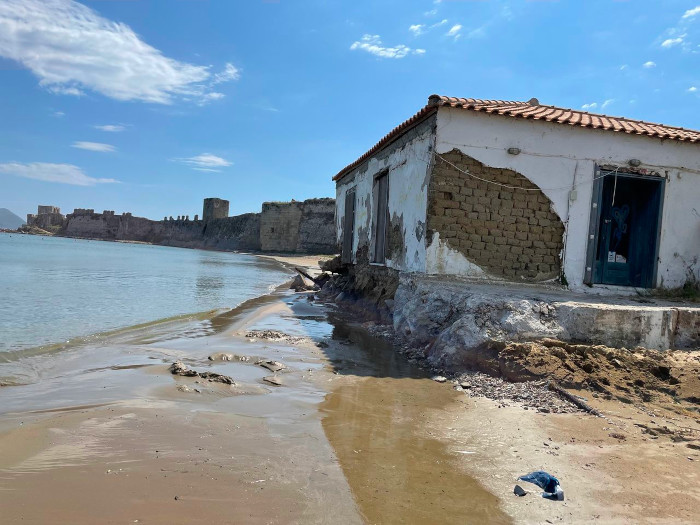Methoni, as is well known, is identified by Strabo (Geographika. 8, 359-360) and Pausanias (Messeniaka IV, 35, 1) with the Homeric Pidassos, one of the seven cities that Agamemnon gave to Achilles in order to appease him (Ill.I 294). In the Peloponnesian War there was a wall to protect the port and the city (Thuk. II 25). The medieval fortress that we see today was founded on the site of the ancient fortifications. After the conquest of Byzantium by the crusaders, the Franks held Methoni for three years. At that time is placed the foundation of the Latin church of Agios Ioannis the Theologian. The next conquerors, the Venetians, shaped the fortress in its final form, while the Turks, the next conquerors, apart from the conversion of the Christian church into a mosque, and perhaps the gunpowder store, do not seem to have brought about any changes. One of the points from where the fortress can be seen in all its magnificence is from the sandy beach which is one of the most beautiful in Greece. It is therefore incomprehensible the practice of the authorities, certainly that is the Ministry of Culture from the top to the local archaeological ephorate, who allow one to see the fortress after “enjoying” the wretchedness of the illegal, abandoned and semi-ruined tavern. In other words, how come the authorities do not protect the beach, as something valuable for many reasons.
![]() Thanos Papathanasopoulos
Thanos Papathanasopoulos
